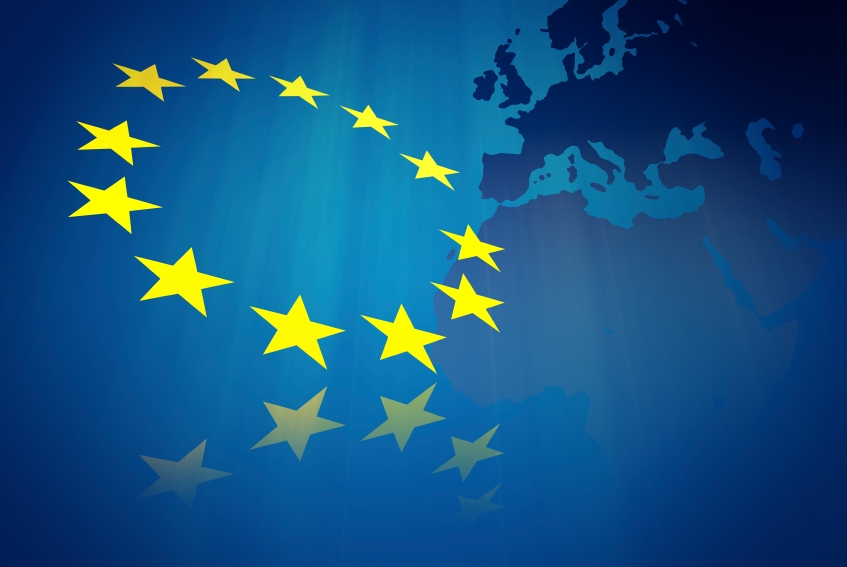NANOMATERIALS EU LEGAL FRAMEWORK
Nanomaterials consist of very small particles that cannot be observed by the human eye and can be present in nature or may be manufactured and added to consumer products in order to provide specific properties. The very small size of these materials provides special physical and chemical properties (e.g., color change when compared to non-nano form), but it can also influence the hazard properties of a specific nanomaterial. This means that some nanomaterials may have potential intrinsic hazards that are not observed in their non-nano form.
According to the European Regulation (EC) No 1223/2009 on cosmetic products, nanomaterial means “an insoluble or bio-persistent and intentionally manufactured material whit one or more external dimensions, or an internal structure, on the scale from 1 to 100 nm”. This definition may suffer adjustments in the future by the Commission, in line with the constant technical and scientific developments seen in the field of nanotechnologies.
All cosmetic products that contain nanomaterials shall be subject to a higher level of protection of human health. Nanomaterials must be authorized by the European Commission prior to their use in cosmetic and personal care products. This does not apply when the nanomaterials are used as colourants, UV-filters or preservatives and are already included in the Annexes of the European Regulation (the “positive” lists).
If there are any concerns regarding the safety of a nanomaterial, the European Commission shall request the Scientific Committee on Consumer Safety (SCCS) to give its opinion on the safety of such nanomaterial for use in the relevant categories of cosmetic products and on the reasonably foreseeable exposure conditions. If, according to the SCCS final opinion, there is a potential risk to human health, including when there is insufficient data, the Commission shall put in place the necessary risk management measures and may amend Annexes II and III of the European Cosmetics Regulation.(see previous post)
EUROPEAN COMMISSION NOTIFICATION TO WTO
On February 11, the European Commission (EC) has notified the World Trade Organization (WTO) of a Draft Commission Regulation amending Regulation (EC) No 1223/2009 on cosmetic products.
According to the notification, the “draft measure is required to enact the prohibition to use in cosmetic products certain nanomaterials for which the Scientfic Committee on Consumer Safety (SCCS) identified a basis of concern”.
The draft amendment regards the use of 12 ingredients in the nano-form:
- Styrene/Acrylates copolymer
- Sodium Styrene/Acrylates copolymer
- Copper
- Colloidal Copper
- Hydroxyapatite
- Gold
- Colloidal Gold
- Gold Thioethylamino Hyaluronic Acid
- Acetyl heptapeptide-9 Colloidal gold
- Platinum
- Colloidal Platinum
- Acetyl tetrapeptide-17 Colloidal Platinum
The SCCS has assessed the safety of these nanomaterials and concluded that some can pose a risk to the consumer. Annex II (list of substances prohibited in cosmetic products) of the European Cosmetics Regulation will be revised to include these 12 nanoingredients.
The proposed date of adoption is set for the third quarter of 2022. The amendments to the Regulation will enter into force 20 days after its publication in the Official Journal of the European Union.
For more information, feel free to contact us at info@criticalcatalyst.com.
References:
- Regulation (EC) No 1223/2009 of the European Parliament and of the Council of 30 November 2009 on cosmetic products.
- Committee on Technical Barriers to Trade – Notification – European Union – Nanomaterials Styrene/Acrylates copolymer, Sodium Styrene/Acrylates copolymer, Cop[…]Platinum in cosmetic products. G/TBT/N/EU/872. 11 Febuary 2022.















